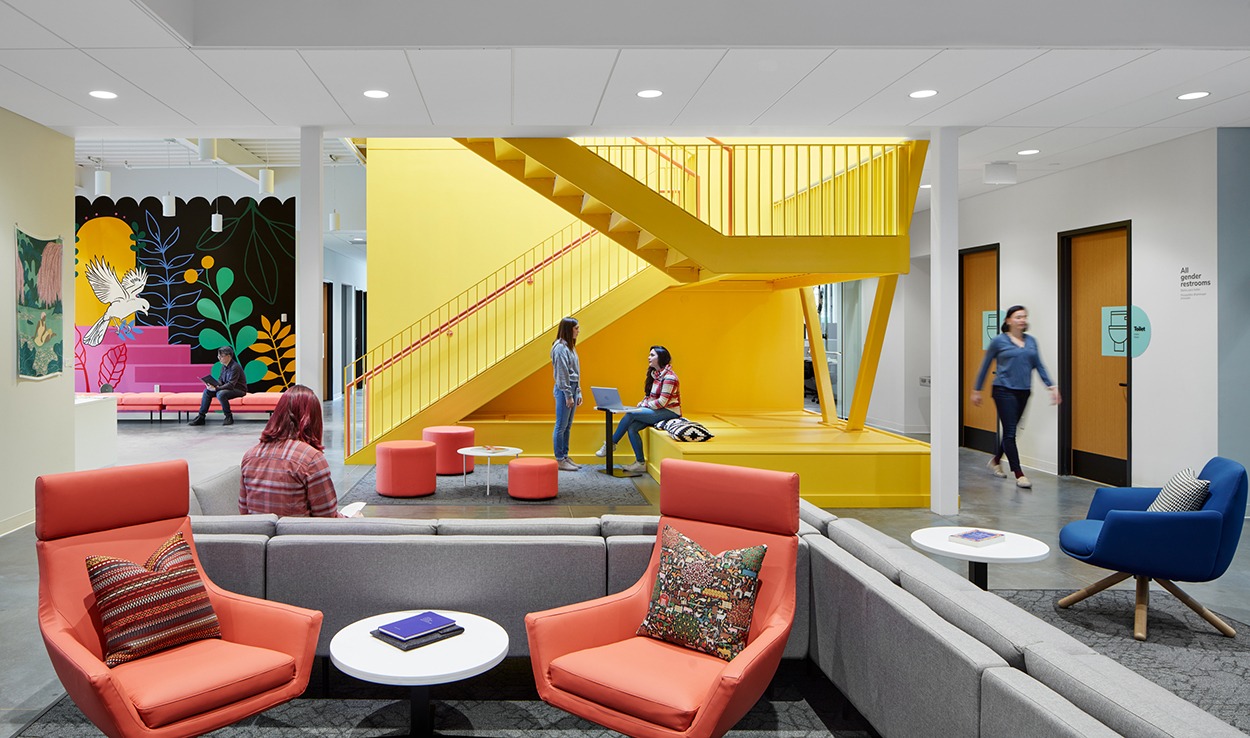How is your business going to thrive in the new health economy?
That's the question everyone in the healthcare design industry is trying to answer. For some insights into what's going to have the most impact this year, check out PwC's Health Research Institute's excellent report, "Top Health Industry Issues of 2016: Thriving in the New Health Economy."
Of the 10 issues identified in the report, four have direct impact on healthcare facilities. Here they are, in no particular order.
1. Care in the Palm of Your Hand
One of HRI's main findings this year is that the adoption of health-related smartphone apps have doubled in the last two years. And that millennials actually prefer virtual communication for interactions about their health.
As a growing share of care is delivered remotely, how facilities are used and what type we'll need will change. Spaces at home will become the exam room and patient room -- except for the most critical cases. We'll need virtual care centers that support audio and virtual technology to provide care whenever and wherever patients want it.
2. The Year of Merger Mania
We've already gone through several years of merger mania in the U.S., but HRI thinks this is going to increase in 2016 because interest rates are low and capital is inexpensive. Healthcare systems are betting that greater market share improves operating efficiency and increases profitability.
Which makes branding critical. And branding starts with the most visible asset -- the building. It's what patients see and experience first -- after they've visited your website or patient portal. But you can (and should) tell the story of your facilities online, too. It's all part of the package.
3. Care Moves to the Community
As the move away from inpatient care continues, HRI sees acquisitions, new types of facilities, and partnerships as new strategies for health systems to deliver low-cost care. Moving patients from "mothership" hospital to community hospitals brings them closer to home, opens up beds for critical patients, and improves their bottom line.
As for new types of facilities, we're talking about bedless hospitals that offer many services except inpatient care and those virtual care centers I mentioned before. Both of which require a capital investment.
4. The Medical Cost Mystery
As healthcare consumers demand more cost accountability, HRI predicts that primary care services and lab testing will move to more "affordable, price transparent, convenient locations, making billions of dollars in traditional healthcare provider revenue up for grabs by new players."
So, architects and designers, your next healthcare client might not be a hospital or health system. It may not even be any company that currently exists.
Want to Read More?
There's so much more interesting information in this 16-page document -- including findings from a survey of 1,000 U.S. healthcare consumers. Download the free report, 'Top Health Industry Issues of 2016," on PwC's website.
P.S. Please do me a favor -- if you liked this post and like this blog, please share it with others by sending them the link and/or post it on your Twitter, LinkedIn, or Facebook, etc. Also, don't forget to subscribe, so you'll get emails when new content is posted. Thanks!







